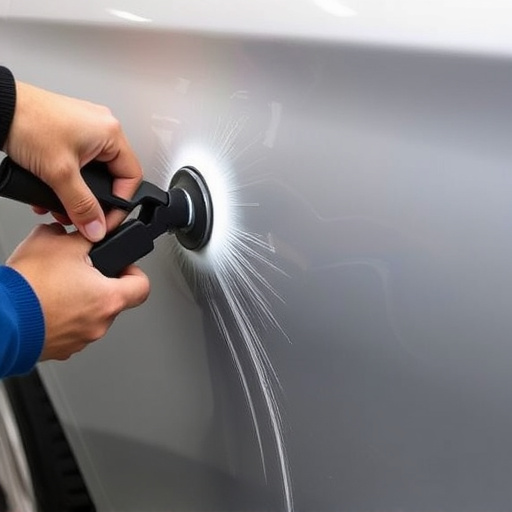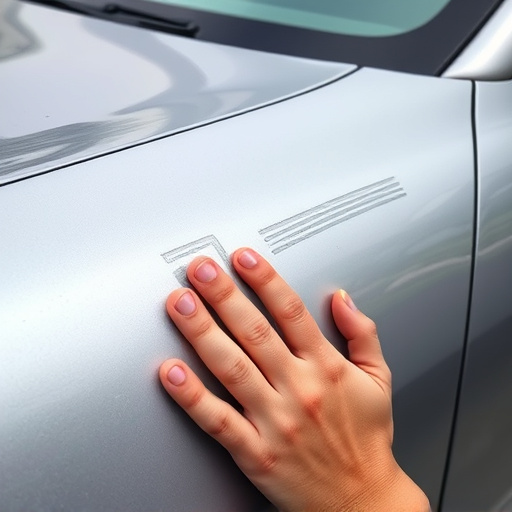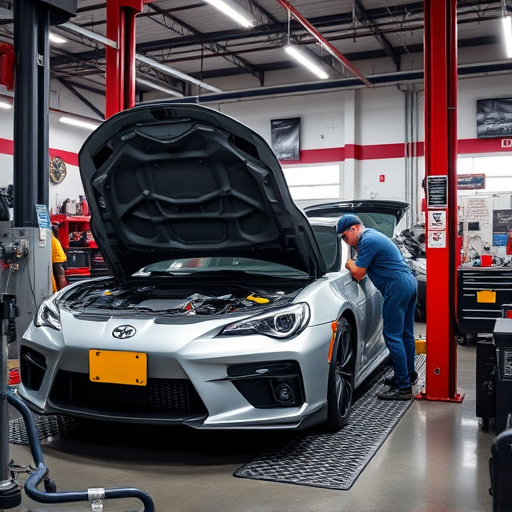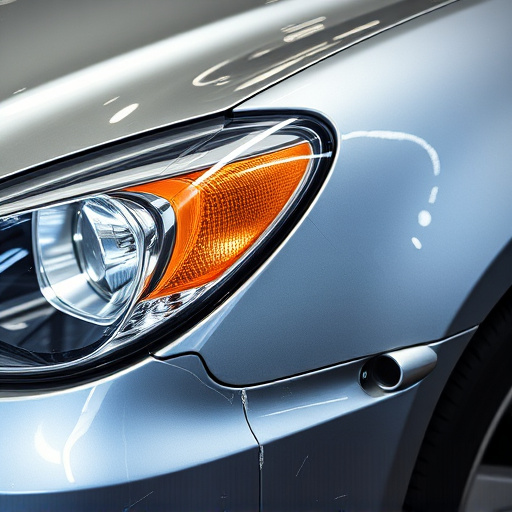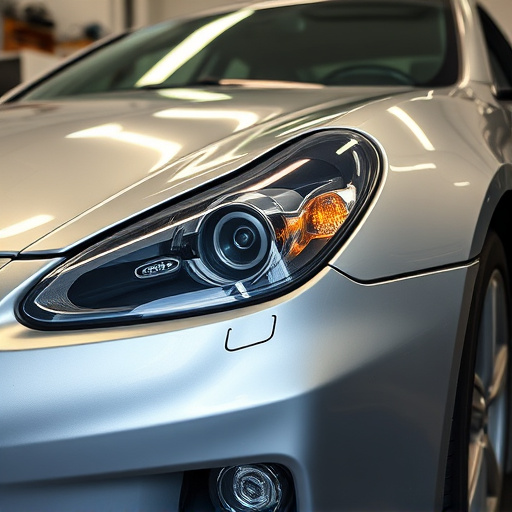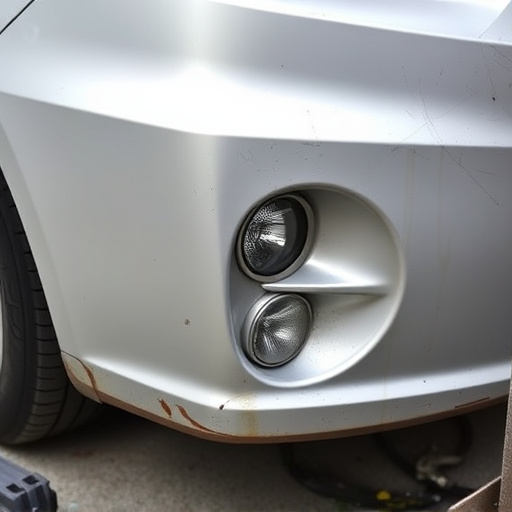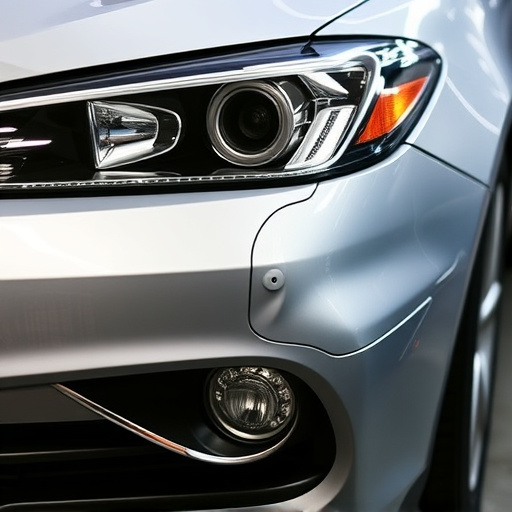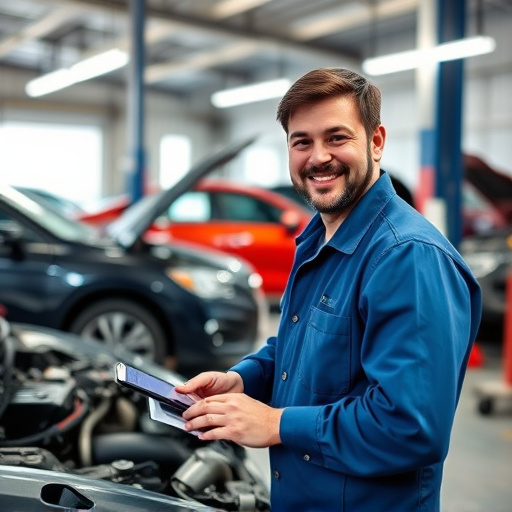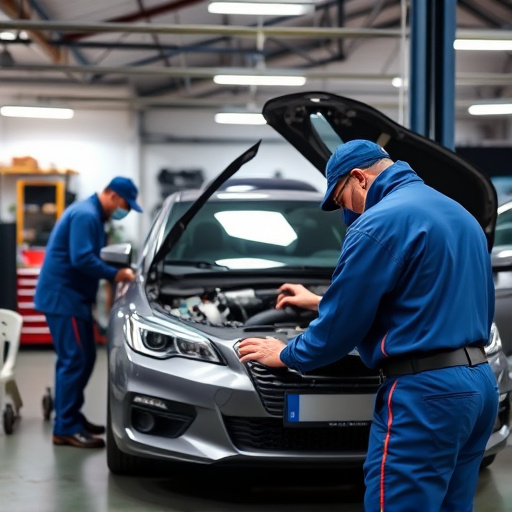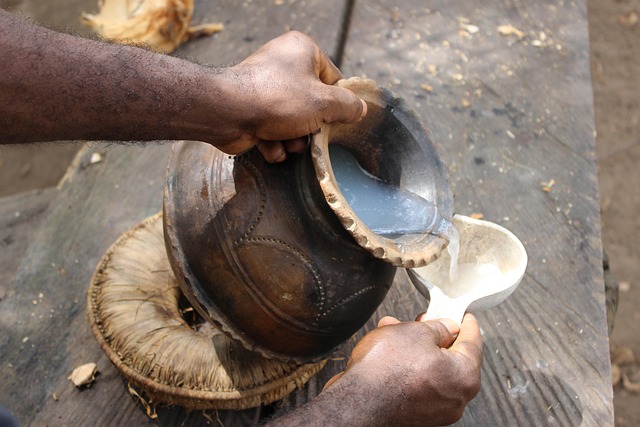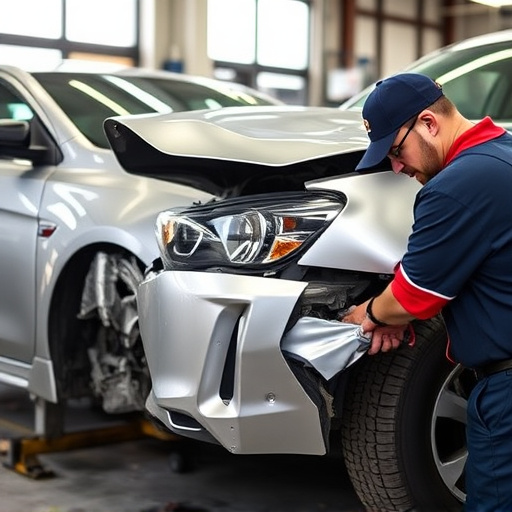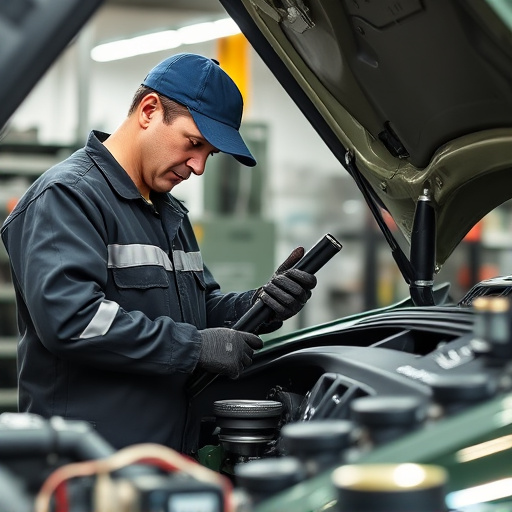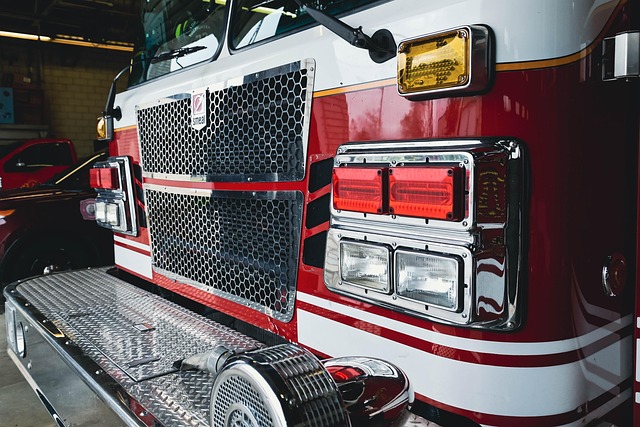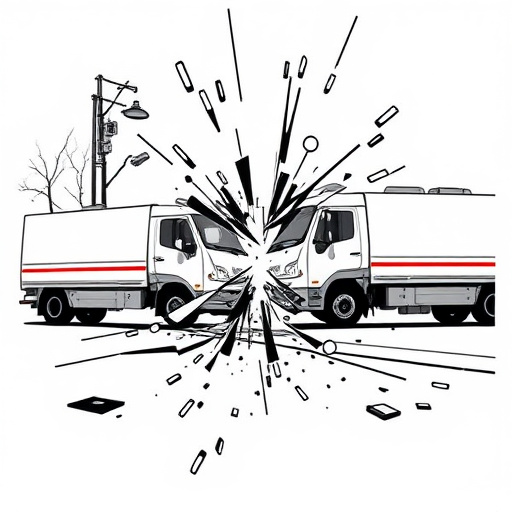Thorough assessment using tools like torches, measuring tapes, and digital imaging identifies wagon body damage. Cleaning, sanding, and preparing a smooth surface is crucial for professional paint or body shop services. Right tool selection based on damage extent ensures efficiency and consistent quality in fleet repairs. Specialized equipment like hydraulic presses and computer-aided cutting machines achieve precise, durable wagon body repair while minimizing waste and maintaining structural integrity.
Discover the secrets to mastering wagon body repair with our comprehensive guide. Learn how to assess damage and prepare your wagon’s body for successful restoration. Explore the best tools and materials to ensure long-lasting results, along with proven techniques that will leave your wagon looking like new. Elevate your skills in wagon body repair and give your classic or vintage wagon the care it deserves.
- Assessing Damage and Preparing the Wagon Body
- Choosing the Right Tools and Materials for Repair
- Techniques for Effective and Long-Lasting Repairs
Assessing Damage and Preparing the Wagon Body
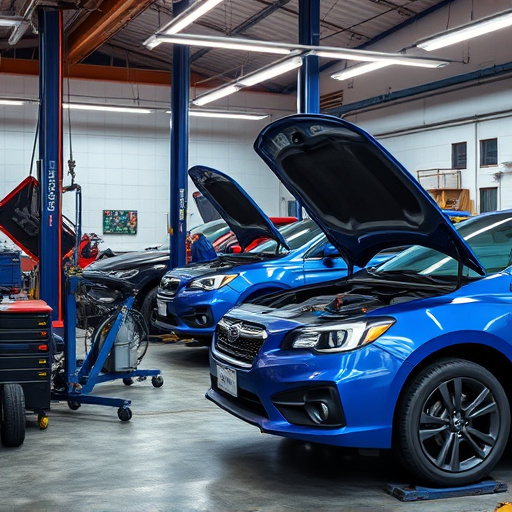
When repairing a wagon body, the first step is to thoroughly assess the damage. This involves inspecting every panel for dents, cracks, or any signs of structural compromise. It’s crucial to identify not just visible damage but also underlying issues that may have been caused by previous repairs or accidents. Using tools like torches, measuring tapes, and digital imaging can aid in this process, providing a detailed picture of the wagon body’s condition.
Once the damage is mapped out, preparation for repair begins. This involves cleaning the affected areas to remove any dirt, grease, or debris that could interfere with adhesion during painting or bonding processes. Sanding the damaged panels smooths irregularities and ensures a clean surface ready for car paint services or body shop services. In fleet repair services, where multiple wagons need similar repairs, establishing a standardized preparation routine can enhance efficiency and maintain quality across all vehicles.
Choosing the Right Tools and Materials for Repair
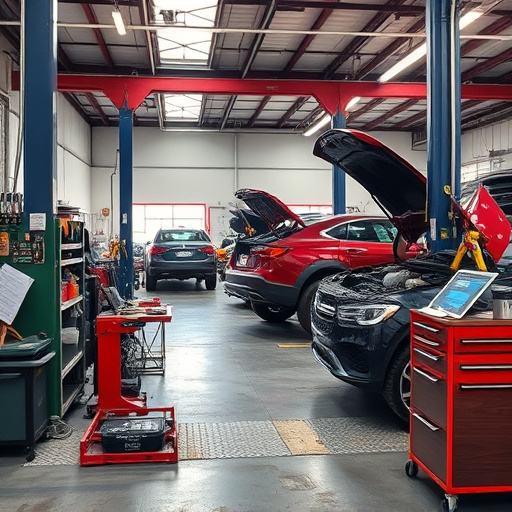
When it comes to wagon body repair, selecting the appropriate tools and materials is paramount for achieving a quality outcome. The first step involves assessing the extent of damage to determine the specific requirements for repair. For instance, a simple dent removal might only need a hammer, pry bar, and putty knife, whereas more complex issues like crumpled panels or frame damage will necessitate specialized equipment such as welders, hydraulic presses, and precision measuring tools.
Choosing the right materials is equally crucial. This includes not just the replacement parts but also filling compounds, primers, paints, and clear coats suitable for wagon body repair. Opting for high-quality products from reputable manufacturers ensures longevity and a seamless finish. Moreover, considering the environment-friendly options available today can contribute to both sustainability and the overall safety of the repair process, especially in a collision repair center or when handling bumper repairs.
Techniques for Effective and Long-Lasting Repairs
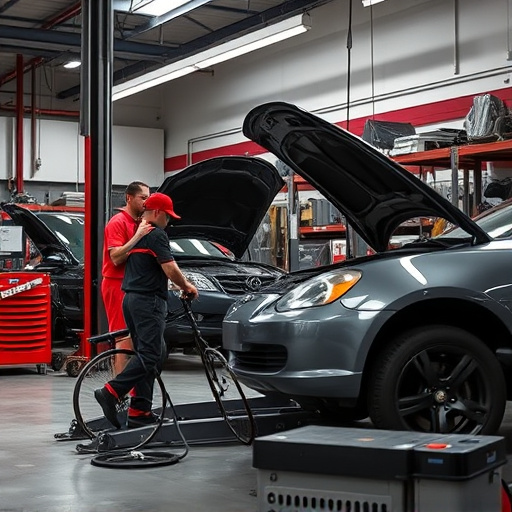
When undertaking wagon body repair, the goal should always be to achieve both effective and long-lasting results. One of the key techniques for achieving this involves utilizing specialized equipment designed to precisely manipulate metal. Tools like hydraulic presses and computer-aided cutting machines ensure accurate repairs, minimizing material waste and maintaining the structural integrity of the wagon’s body panels. This level of precision is crucial in aligning bent panels and ensuring seamless fit upon replacement.
Additionally, a meticulous approach to auto glass repair and fender repair is essential for a successful and lasting fix. For vehicle collision repair, it’s vital to replace not just the visible components but also any structural elements compromised during the incident. This comprehensive approach involves careful assessment using advanced diagnostic tools to pinpoint weak spots and identify parts that require attention beyond surface-level repairs. By combining these techniques with high-quality materials and expert craftsmanship, you can guarantee a wagon body repair that stands the test of time and preserves the vehicle’s overall performance and aesthetic appeal.
Applying best practices in wagon body repair involves a systematic approach, from assessing damage and preparing the surface to selecting the right tools and materials. By mastering techniques for effective and long-lasting repairs, you can ensure your wagon not only looks its best but also retains structural integrity. Incorporating these strategies into your repair process will result in high-quality, durable wagon body repairs that stand the test of time.
